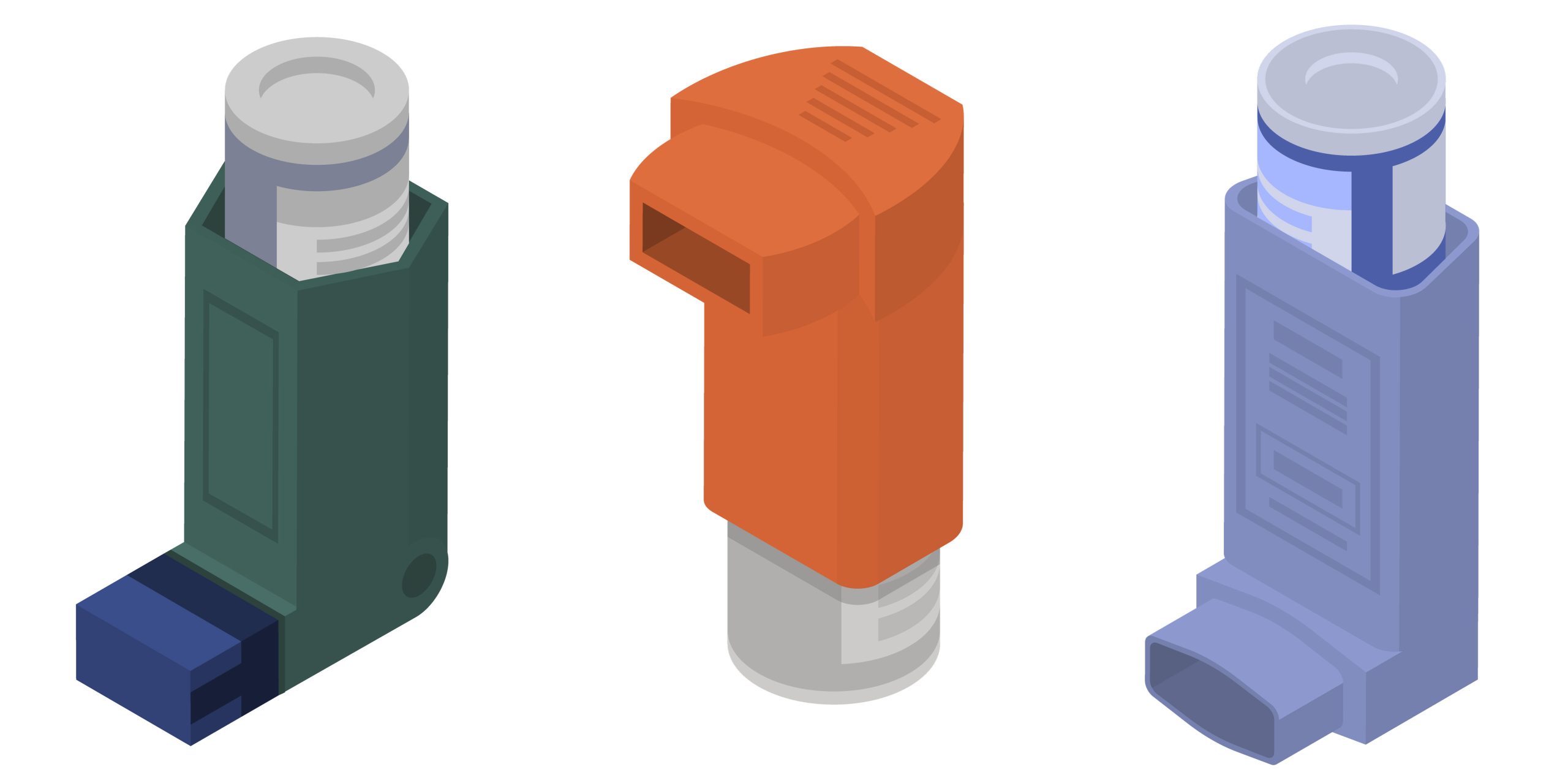All indications suggest that there was no mass closure of community pharmacies over the first year of 60-day dispensing.
Double dispensing has now been in place for a full year – but have the Pharmacy Guild’s grim prognostications of overdoses, medicine shortages and shuttered community pharmacies eventuated?
The Medical Republic set out to answer that question today.
What of the overdoses?
Short answer: It’s unlikely that the drugs included in 60-day dispensing have led to a spike in overdoses.
Long answer: Health Minister Mark Butler has publicly rubbished the idea that patients were more likely to accidentally overdose if they had a 60-day supply of medicine on hand.
“[The PBAC] provided very clear advice to us and to the prescribing community, which is largely general practitioners, that the idea of overdosing being a significant risk from this policy simply wasn’t real,” he said.
“At the end of the day, every GP will exercise their clinical judgment with the patient that they know well about whether a 60-day script is advisable or not.
“There are many occasions where GPs are not issuing 60-day scripts in spite of the fact that the medicine might be eligible.”
Mr Butler went on to call it a “baseless scare campaign”.
In terms of hard data, the Australian Institute of Health and Welfare does record statistics on accidental poisoning injuries and deaths.
Unfortunately, the most recent data it published was for the 2021-22 financial year.
If there has been a spike in pharmaceutical overdoses, it will be some time before the hard data is available.
According to the 2021 data, the most common pharmaceuticals implicated in accidental overdose hospitalisations included “unspecified drugs, medicaments and biological substances (includes hormones and their synthetic substitutes and antagonists, not elsewhere classified, such as insulin)”, benzodiazepines and stimulants, opioid narcotics and non-opioid analgesics.
While there are some medications containing hormones and sublingual opioids (apomorphine for Parkinson’s Disease, for example) included on the list of 60-day dispensing medicines, there are no insulins, benzodiazepines, amphetamines, oral opioids or general analgesics on there.
Have medication shortages worsened?
Short answer: no.
Long answer: Medicine shortages have posed a growing threat in Australia following the major supply chain disruptions caused by the pandemic.
One of the main arguments levelled against 60-day dispensing by Guild president Professor Trent Twomey was that “everyday prescription medicine will be put into severe shortages lasting months, not days or weeks”.
“I don’t want to see a Hunger Games stand-off in any community in Australia where some patients get double the medicine they need, while others get nothing,” he said in April 2023.
Currently, there are around 376 medicines in shortage in Australia – this time last year, that number was more than 400.
The TGA’s response to its own consultation on medicine shortages from July 2024 does not mention 60-day dispensing.
As part of the consultation, the TGA asked respondents to list the medicine shortages that have impacted them most over the past 12 months.
Of the top six – lisdexamfetamine capsules, semaglutide, menopause hormone therapy patches, opioid oral liquids, antibiotics and combination blood pressure/cholesterol-lowering medicines – only three (estradiol patches, tetracycline antibiotics and combination statins) are part of the 60-day prescribing list.
Related
How many pharmacies closed as a result of 60-day dispensing?
Short answer: there are no signs that swathes of pharmacies closed immediately before or after the introduction of 60-day dispensing, but the statistics will be out later this year.
Long answer: The biggest claim made in the lead-up to 60-day dispensing – and the one that brought Professor Twomey to tears on national television – was that the reduced income from the policy would be so great that it would financially ruin pharmacy owners across the country.
When asked today, the Guild told TMR that it did not have any data on how many pharmacies may have closed because of the policy.
Nor did it have data on how many pharmacies have decided to start charging patients out of pocket for services like webster packs and blood pressure checks.
PBS expenditure data puts the number of community pharmacies in Australia at 5935 in June 2023, three months before double dispensing arrived.
This was up from 5901 in the previous 12 months.
Unfortunately, it only releases this data at the end of the calendar year, meaning that it’ll be another three months before the number of community pharmacies at June 2024 is revealed.
Still, signs do not point to a mass closure; Mr Butler told the Guardian in March that the government had received 87 new pharmacy applications between May 2023 and January 2024, a Pharmacy Guild submission from April this year pegged the number of community pharmacies at around 6000.
The Pharmacy Guild may have abandoned its anti-double dispensing campaign last year in exchange for an earlier start to the next community pharmacy agreement, but old habits die hard.
In a media release earlier today, Professor Twomey took one final swipe at the policy.
“The lowering of the maximum co-payment from $42.50 to $30 has saved patients a total of $346 million on medicines, as opposed to the $30 million from 60-day dispensing,” he said.
“On behalf of patients and community pharmacists, along with our partners, the Australian Patients Association, Chronic Pain Australia and Food for Change, the Guild campaigned to secure the Government’s historic lowering of the copayment, the first in the 75-year history of the PBS.”





